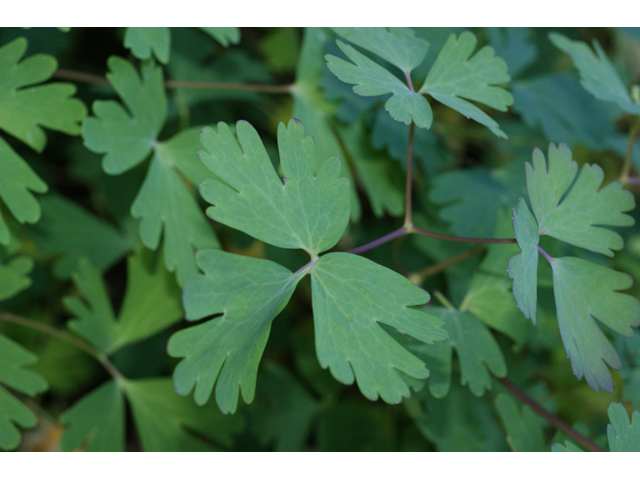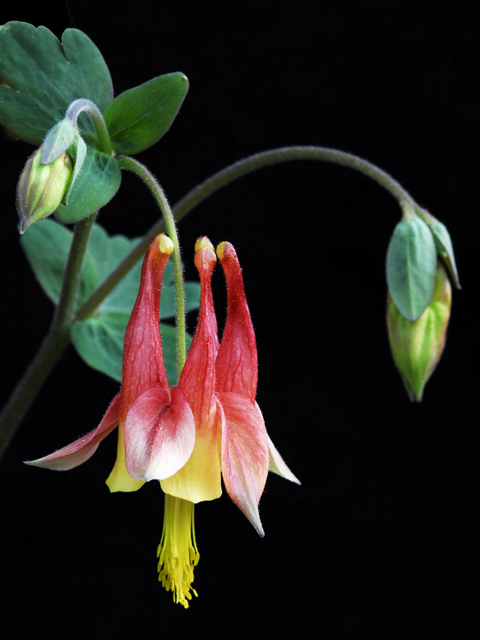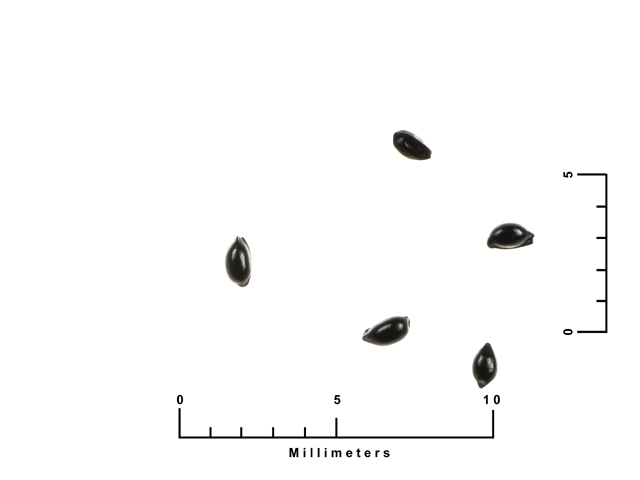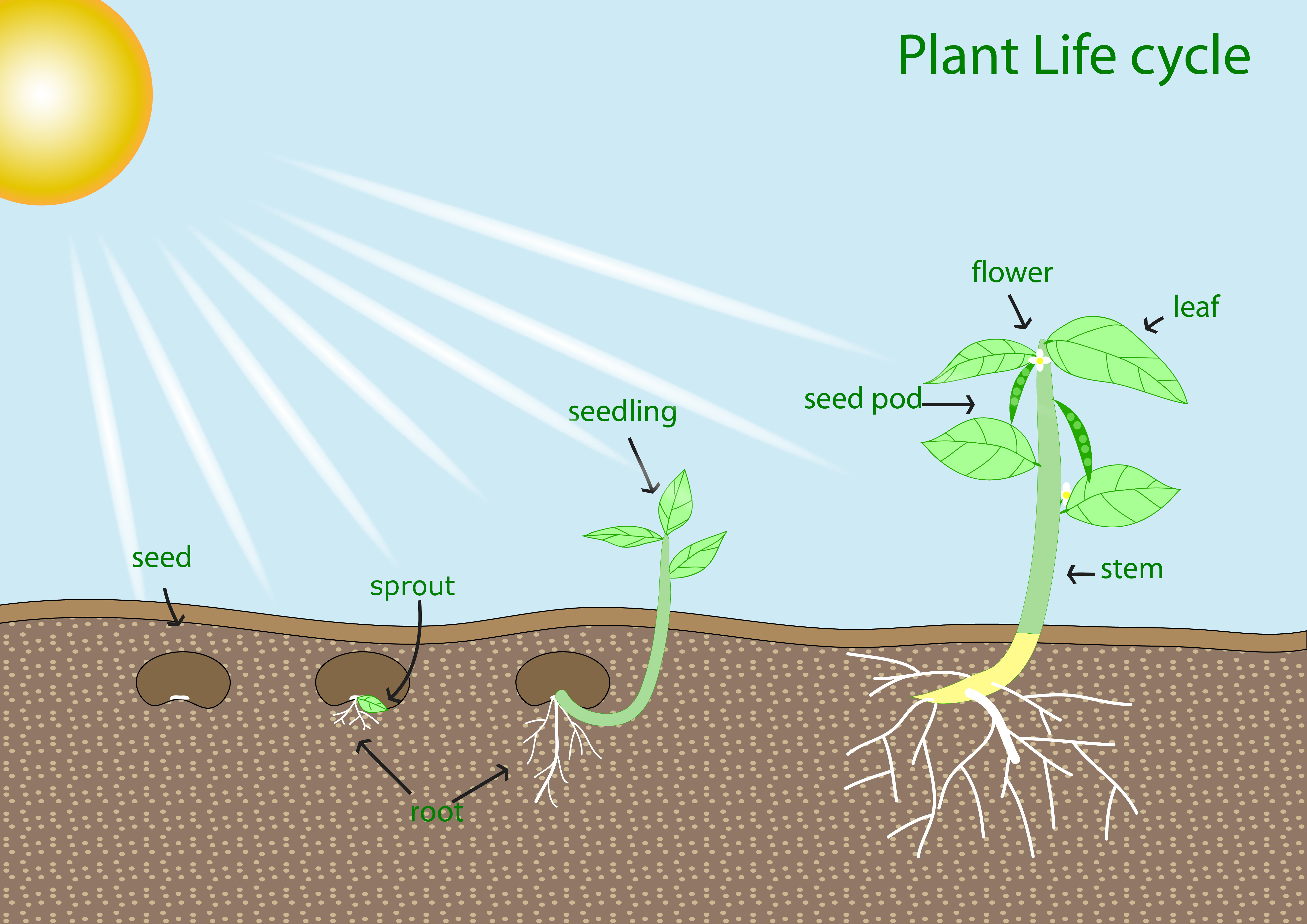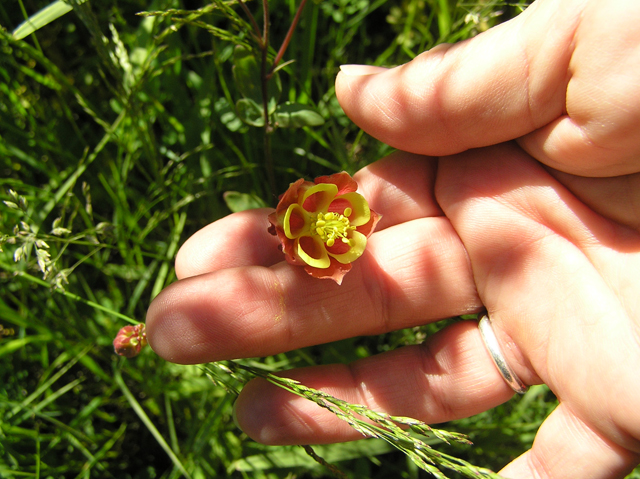Dig into Plants: Eastern Red Columbine
| Eastern Red Columbine Other Common Names: Wild Red Columbine Scientific Name: Aquilegia canadensis Native to Alabama: Yes |
|
Lady Bird Johnson Wildflower Center Sally and Andy Wasowski Click on image to enlarge it |
Learn more about...
| Ecological Benefits |
| This plant provides food for: | ||||
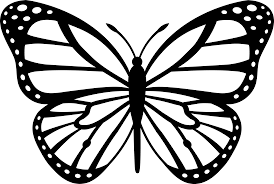 |
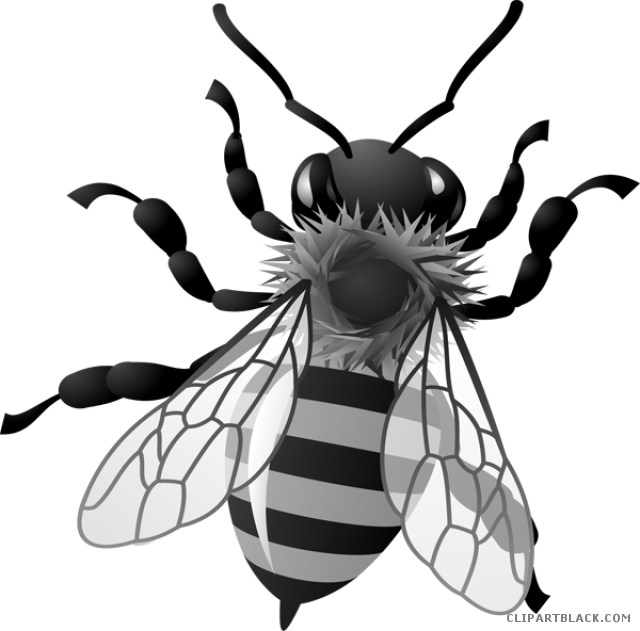 |
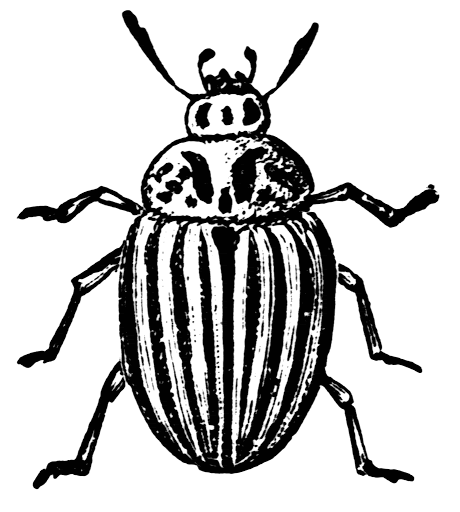 |
 |
 |
| Butterflies | Native Bees | Other Pollinators | Hummingbirds | Other Birds |
| Leaf, Flower & Seed Identification | ||||
| LEAF DESCRIPTION | ||||
| Leaf Characteristics Chart (PDF) |
Lady Bird Johnson Wildflower Center
Ray Matthews Click on image to enlarge it |
|||
| Shape: Obovate |
Margin: Lobed |
Arrangement: Alternate |
Form: Ternately Compound |
|
|
|
|
|
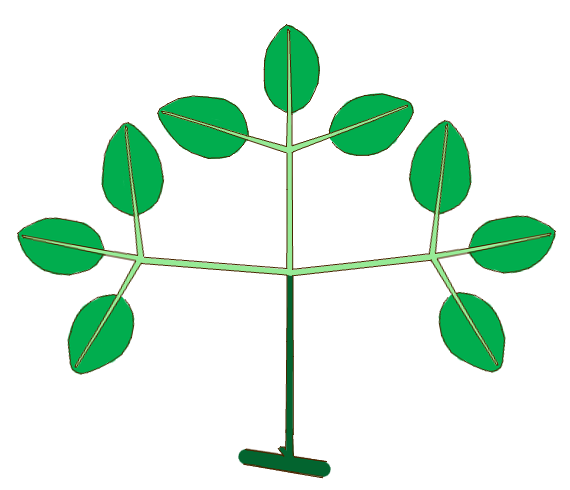 |
|
| Description: | ||||
|
Green to blue-green; leaves at the base of the plant are petiolate (have a stalk) and are twice ternately (with leaftlets in three’s) compound; leaflets are 3-lobed at the tips; leaves along the upper part of the stem do not have stalks (sessile) and are reduced in size
|
||||
| FLOWER DESCRIPTION | ||||
| Flower Shapes Chart (JPG) |
Lady Bird Johnson Wildflower Center
Steven Faucette Click on image to enlarge it |
|||
| Color: Red, yellow, pink |
Shape:
Campanulate (bell-shaped) |
Bloom Months: Feb - Jul |
||
| Description: | ||||
|
Drooping flowers 2 inches long with 5 upward spurred, tubular petals alternating with 5 small, colored, petal-like sepals and colored stamens hanging below the petals; petals are yellow and become redder at the tip of the spur
|
||||
| SEED DESCRIPTION | |||
|
Lady Bird Johnson Wildflower Center
Bruce Leander Click on image to enlarge it |
|||
| Type: Fruit - Dry Seed Pod |
Description: Flowers are followed by 5 pod-shaped, tan follicles (dry seed pod) with long beaks that contain several, small, shiny black seeds |
Months in Seed: Summer |
|
| Plant spreads by: | |||
| Seeds; Readily self-seeds | |||
ADDITIONAL RESOURCES FOR TEACHERS
| Quick Fact Sheet (Condensed Species Info) |
Plant ID Sign: Ready as-is PDF |
Plant ID Sign: Editable Word Doc |
QR Code (Links to this Webpage) |
INFORMATION SOURCES FOR THIS PLANT
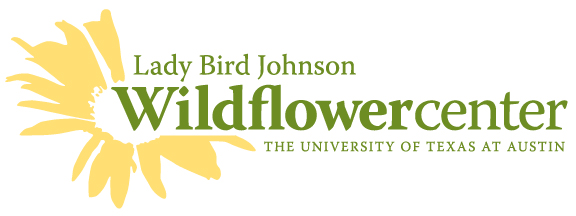 |
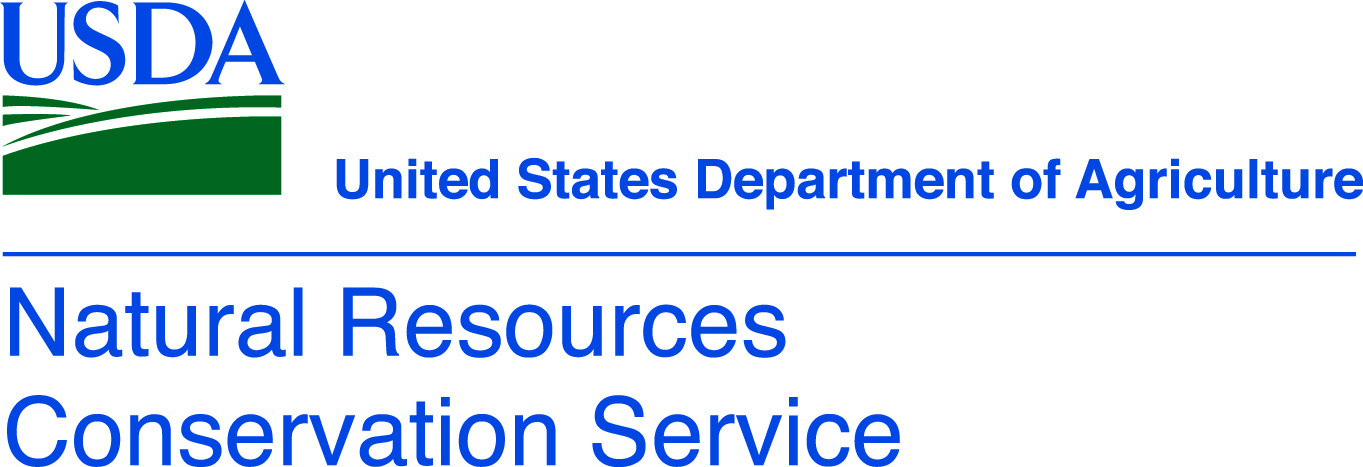 |
|
|
|
|
|
|
|
 Wildlife Tag
Wildlife Tag
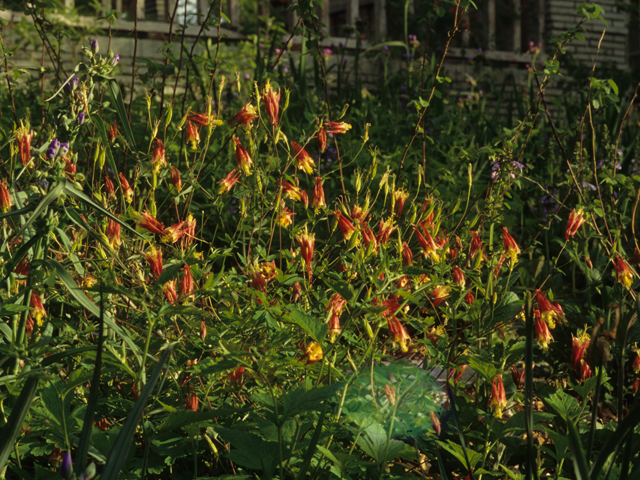




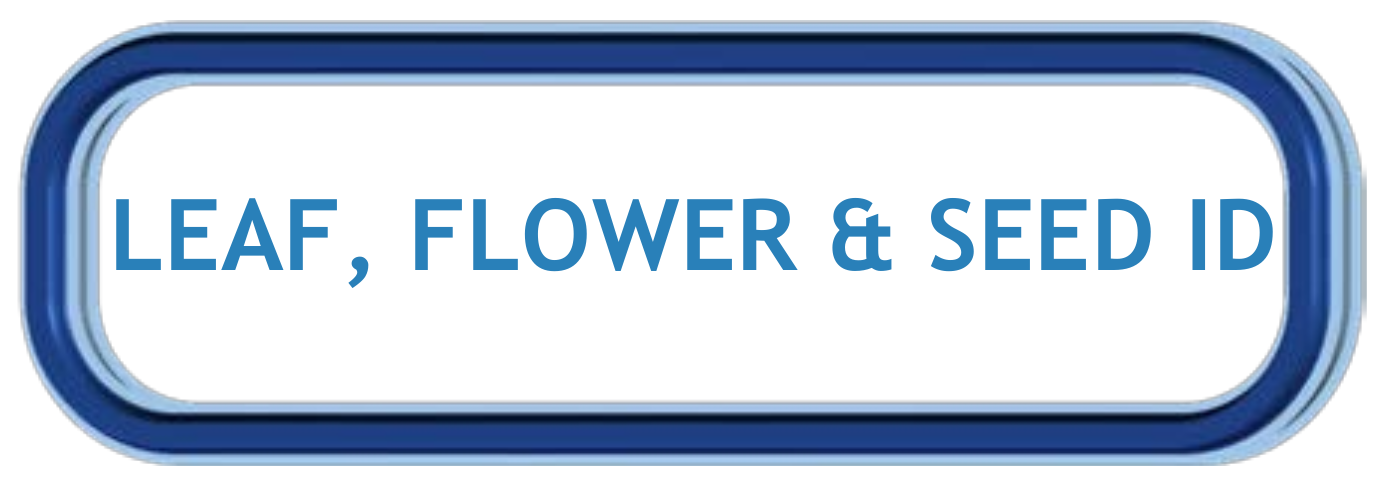

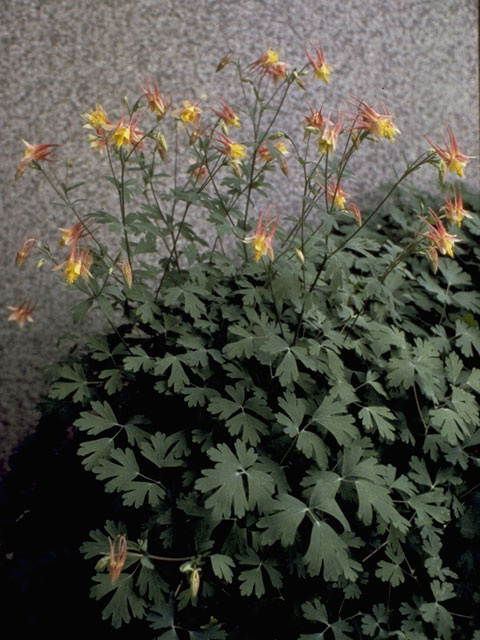
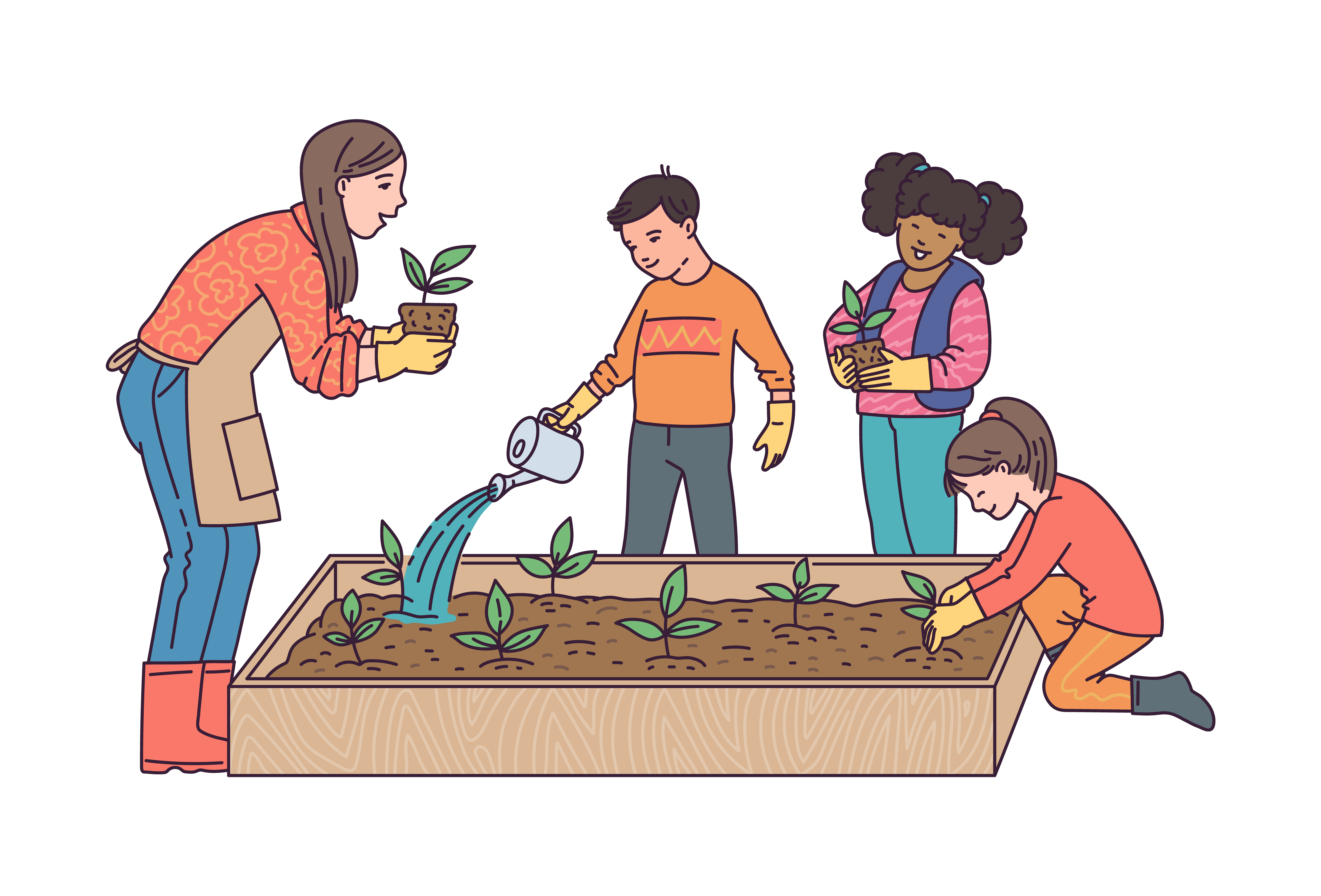
 Shade
Shade
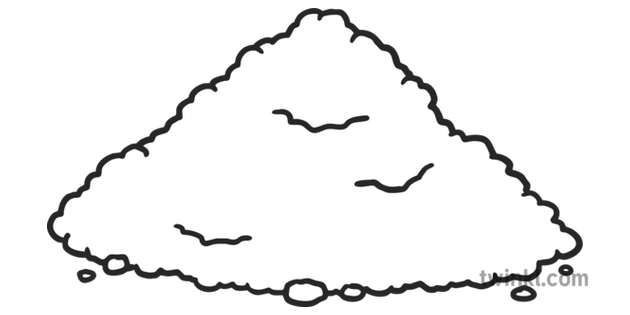 Well-drained, Sandy, Loamy, Limestone, Acidic,
Well-drained, Sandy, Loamy, Limestone, Acidic,